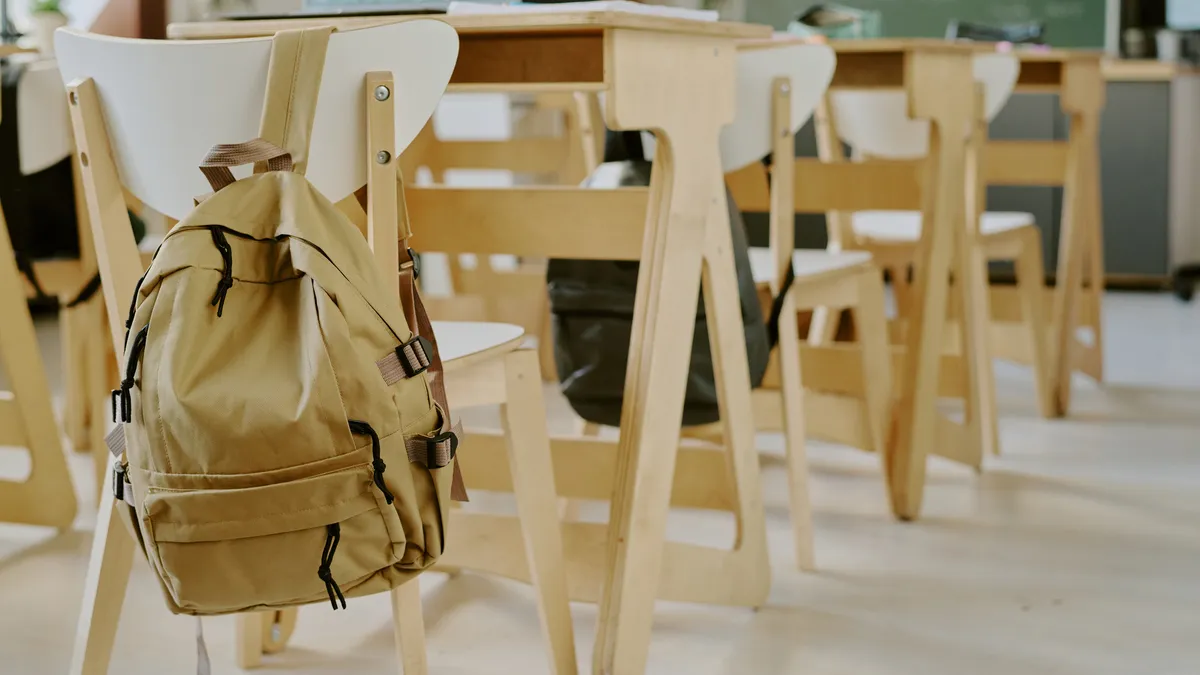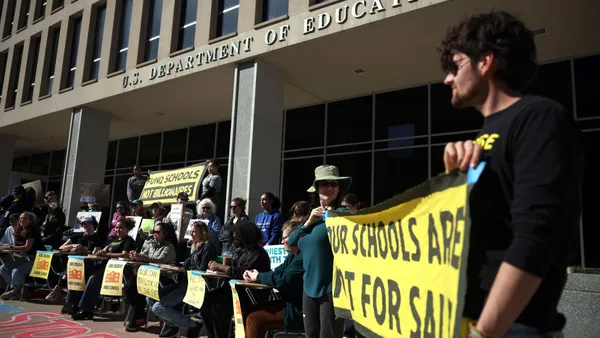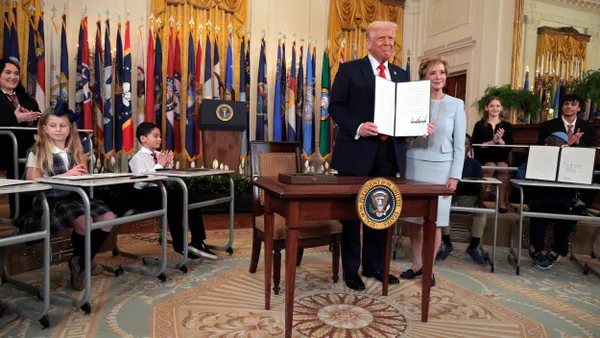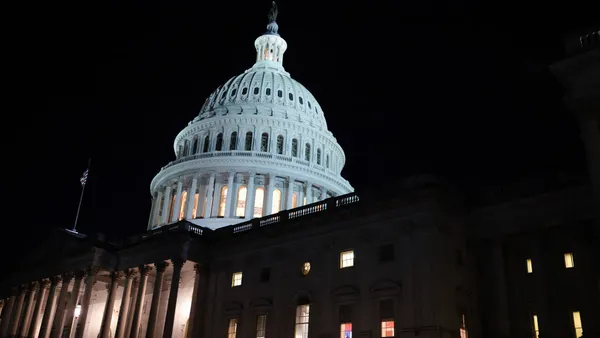Dive Brief:
- Using restraint and seclusion to address behavior issues is harmful to children, and schools should instead use proactive practices such as multi-tiered systems of support, U.S. Education Secretary Miguel Cardona told state and local K-12 and early education leaders in a Jan. 8 letter.
- Cardona said the Education Department is concerned about the continued use of restraint and seclusion, which he said can lead to serious physical injury, emotional trauma and even death. About 52,800 public school students were physically restrained, mechanically restrained, or placed in seclusion at schools during the 2020-21 school year, according to the most recent available federal data.
- Several states have curbed these practices, and many districts have refined their policies to ensure restraint and seclusion are only used in emergency situations.
Dive Insight:
"The use of restraint and seclusion practices is inconsistent with our shared goal to ensure every child is treated with dignity and free from abuse," Cardona said in the guidance to education leaders.
Over the past several years, the Education Department's Office for Civil Rights has entered into resolution agreements with several school systems found to have inappropriate restraint and seclusion practices or insufficient reporting protocols.
No federal law bars restraint or seclusion in schools. But their use has been controversial for decades, with some advocates, policymakers and educators calling for outright bans and others recommending a more nuanced approach that factors in student and staff safety for specific crisis incidents.
According to the federal Civil Rights Data Collection, the number of students restrained and secluded fell from 101,990 in the 2017-18 school year to about 52,800 during the 2020-21 school year. OCR, however, warns about comparing statistics for the 2020-21 to other school years due to widespread school closures during the COVID-19 pandemic.
Black students, students of two or more races, boys, and students with disabilities were disproportionately restrained and secluded in the 2020-21 school year, according to CRDC. For example, while students with disabilities represented 14% of the total K-12 enrollment that year, they accounted for 81% of physical restraints and 75% of seclusions. Disproportionality for students with disabilities and Black students also appeared in the 2017-18 data.
Cardona's letter emphasizes that rather than schools using restraint and seclusion practices reactively, they should support students' social, emotional, physical, and mental health needs through multi-tiered systems of support, which individualize interventions based on students' needs. He also promoted creating early education and school programs that foster inclusion, safety and belonging.
"The rejection of seclusion and the shift away from reliance on restraint in our Nation’s schools and early childhood programs is long overdue," Cardona said. "We must equip educators and early childhood providers with the positive, proactive, and evidence-based tools and resources to meet the needs of all students."
The nonbinding guidance was one of Cardona's last key policy letters issued before he leaves the Education Department as the administration changes hands.














